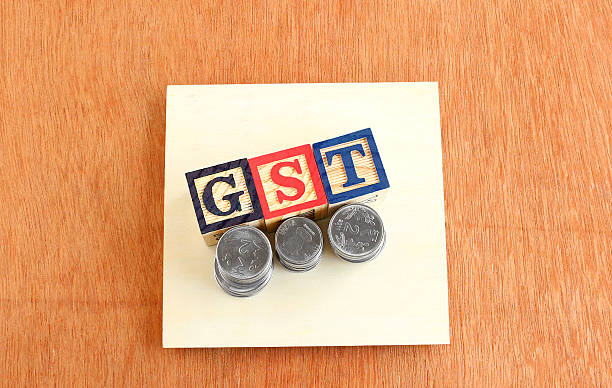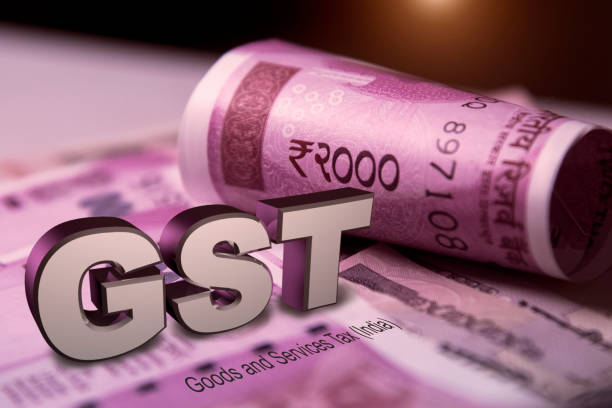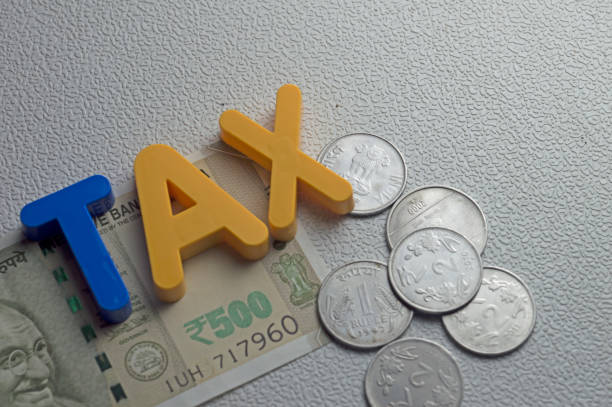GST Demystified: Unveiling the Tax and its Many Facets
Unraveling the complexities of the Goods and Services Tax in India

Demystifying GST: Exposing the Many Facets of the Tax
To many, the term "Goods and Services Tax" (GST) seems like technical jargon, yet it's a tax that we come across frequently. What is this figure that appears on all of our receipts, exactly? Let's examine the different forms of GST and get down to business.

A complicated web of state and central indirect taxes, including VAT, excise duty, and service taxes, was superseded by the Goods and Services Tax (GST), which is essentially a single, unified tax imposed on the supply of goods and services throughout India. Now that GST has been implemented, taxpayers can avoid a confusing and convoluted tax system.
But how does it work? Visualize the flow of a product from its raw materials to your shopping basket. GST is applied at each stage: manufacturing, distribution, and retail. The "input tax credit" mechanism is what makes it so beautiful. In order to avoid cascading taxes and eventually make the burden more equitable for all parties, any taxes paid at one stage may be offset against the taxes due at the next.
Let's now explore the various forms of GST.

Central Goods and Services Tax (CGST): This levy applies to intra-state (within a state) transactions of goods and services.
State Goods and Services Tax (SGST) : This tax is levied on intrastate transactions as well, but it is collected by the state government.
Integrated Goods and Services Tax (IGST): Transactions that take place across states are subject to this tax.
In addition, there are particular categories such as:
Union Territory Goods and Services Tax (UTGST) : This tax is exclusive to Union Territories and is comparable to the SGST.
Compensation Cess: This is a short-term tax applied to certain goods to make up for states' possible revenue losses following the introduction of the GST.
Businesses :need to understand these types in order to determine which tax rate applies to their transactions and how to claim input tax credits .
The economy of India has been greatly impacted by GST, notwithstanding its technicalities:

Increased transparency and compliance: The GST system is highly digitized, reducing opportunities for tax evasion and corruption.
Increased trade and commerce: The GST has facilitated interstate movement of goods and services, resulting in a more unified market and economic growth.
Simplified tax administration: Businesses can now file taxes and comply with regulations more quickly and easily, saving time and money thanks to the centralized GST system.
Yet obstacles persist:
Complexity for small businesses: The initial learning curve and compliance requirements can be daunting for smaller businesses.
Impact on specific sectors: Some industries, notably agriculture and real estate, have suffered adjustments owing to changes in tax rates and exemptions.
In conclusion, GST is a transformational tax reform that has profoundly transformed the way India charges and collects indirect taxes. Its potential to streamline taxes, increase economic activity, and advance transparency is evident, despite ongoing challenges. As with any major reform, understanding its intricacies and adapting to its nuances is key to making the most of GST's benefits for both businesses and consumers.
I hope this blog post has helped demystify the GST and its various types. If you have any more queries, feel free to leave a comment below!
Remember, information is power, and knowing GST helps you to navigate the Indian market with confidence!









































































































































































































